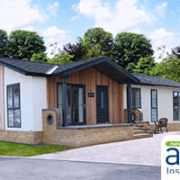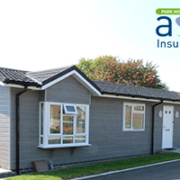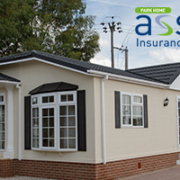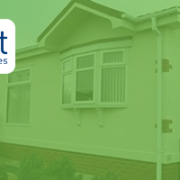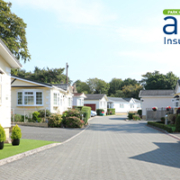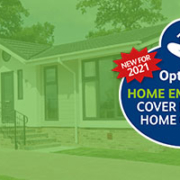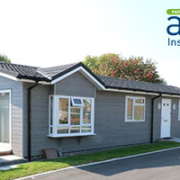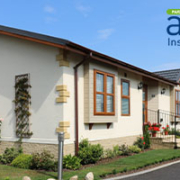When buying park home insurance, it is important to make sure that it fits your circumstances, so here are 10 tips for insuring your park home. Considering these points will help you get your park home insurance right.
Reducing plastic use in your park home can be a simple matter of making a few small changes without any major shift in lifestyle or habits, which can nevertheless build up to a large beneficial effect on our shared environment.
As with all insurance, getting your park home contents insurance right can save a great deal of hassle and potential disappointment further down the line. Here are some questions to have in your mind.
Being kinder to the planet and helping the environment are goals that many of us share, this guide is designed to help you make your park home more environmentally friendly and possibly to save you some money in the process.
Here are a few tips to help you protect your park home as much as possible from escape of water.
Blanket sums insurance is a way to provide assurance that your property and contents are covered, despite any difficulties in providing an exact valuation for your contents and property.
Security in your park home is important, so we have provided just some things to consider, which could help add to your security.
As a park home owner, you will know that no matter how well you maintain and look after your park home, emergencies do still happen. This is why our Home Emergency Cover runs alongside our home and contents insurance, to reassure you that help is available when you need that extra, immediate assistance.
Spring is the ideal time for seeing what work needs to be done on your park home and this park home maintenance check list is designed to help you get started. Regular maintenance may well save you money in the long run, make your park home more comfortable and a home to be proud of.
Finding the right park home maintenance contractor can help to make any maintenance run much more smoothly.
Company
Insurance Services
- Park Home Insurance
- General Insurance Tips & Advice For Park Home Insurance
- Mobile Home Insurance
- Holiday Lodge Insurance
- Park Home Owner Car Insurance
- Motorhome Insurance
- Static Caravan Insurance
- Floating Home Insurance
- Boat Insurance
- Touring Caravan Insurance
- Holiday Home Insurance
- Making a claim
- UK Park home insurance
- FloodRe

